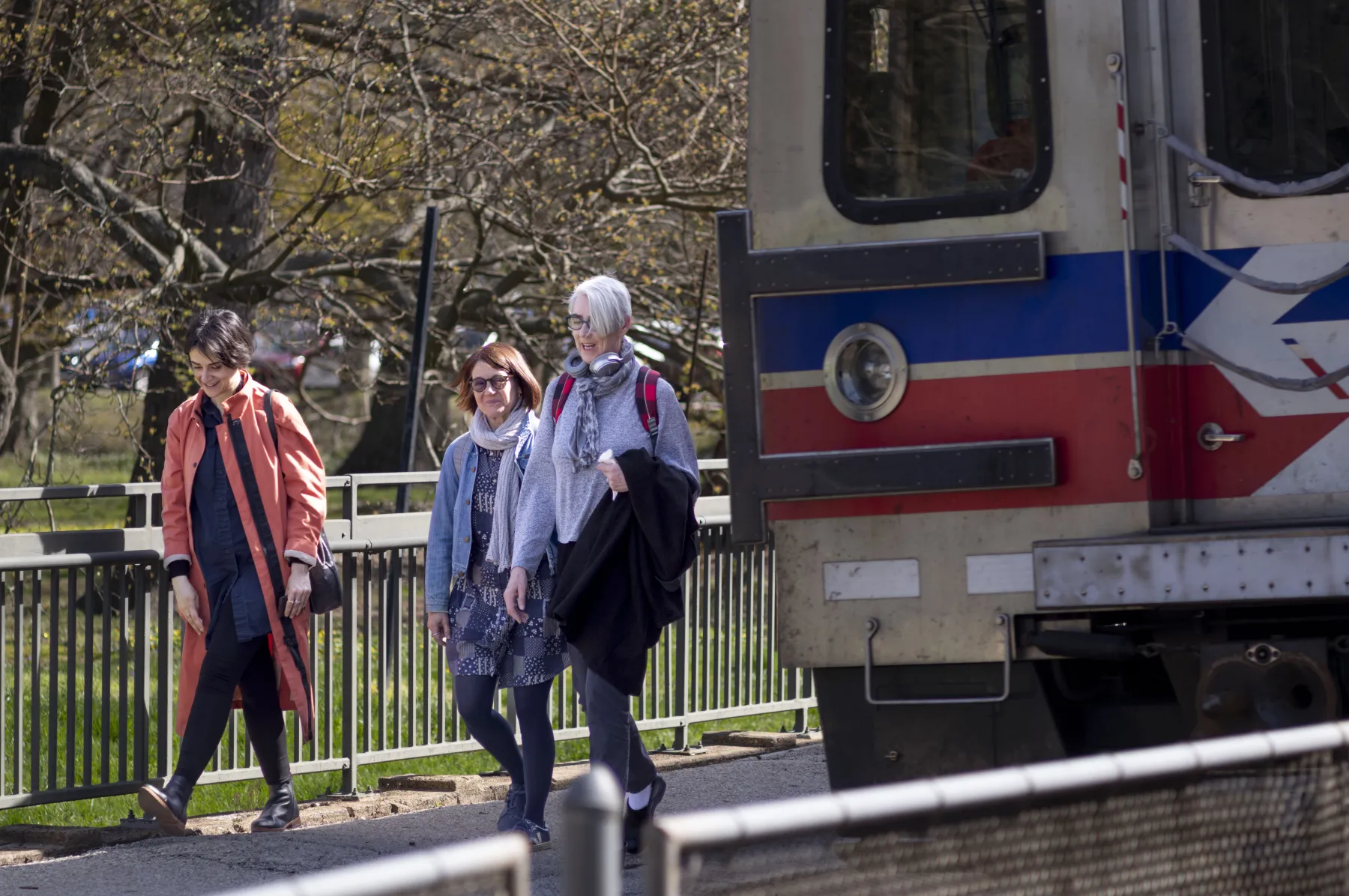- FAQs
What are Scope 3 emissions?
Scope 3 emissions are indirect emissions still central to the operations of the College, including employee commuting, College sponsored air travel (or other directly financed travel), air travel related to off-campus study, solid waste, wastewater, paper purchasing, and transmission and distribution losses (electricity lost during distribution from power plants to customers).
What is the College doing to reduce Scope 3 emissions?
The College is already taking action to reduce scope 3 emissions in a variety of ways. Some examples include:
Air Travel Carbon Fee – It is critical to account for the indirect emissions from air travel, which made up about 14% of the College’s total greenhouse gas emissions in FY23. The air travel carbon fee builds upon the existing carbon charge program to further address campus emissions trends while continuing to support off-campus study and official travel opportunities. The air travel carbon fee is automatically levied on department operating budgets at the beginning of each fiscal year, so no action is required from individual staff and faculty.
Electric Vehicle Charging – The College maintains eight electric vehicle charging stations (2 ports each) on campus. Learn more about the charging station locations and the College's Electric Vehicle Charging Station Policy here.
Faculty and Staff SEPTA Program – An employee survey conducted in 2023 indicated that about 18% of College faculty and staff members use public transit (regional rail, subway, bus, etc.) for commuting to campus. Following the launch of free SEPTA passes for students in Fall 2023, the College developed a similar pilot program for faculty and staff to support increased use of public transportation.
How can my department reduce Scope 3 emissions?
Business travel is the largest source of Scope 3 emissions at Swarthmore. Faculty and staff members can take individual action to reduce emissions from travel by using SEPTA when traveling locally or taking the train instead of flying for short distances. More examples of how to reduce scope 3 emissions can be found on pages 9-13 of the Scope 3 emissions plan.
Reducing Scope 3 Emissions

As part of 20X35, we expect to reduce Scope 1 (direct emissions tied to campus facilities) and Scope 2 (indirect emissions tied to the energy the College purchases and consumes) emissions by 98% by transitioning to a geoexchange system coupled with renewable energy. The remaining sources of emissions fall into what is known as Scope 3: emissions that are not directly controlled by our institution but that are considered critical to the College’s mission and operations. Scope 3 emissions include things like employee commuting, College sponsored travel, purchasing decisions, and more. In order to reach our carbon neutrality goals, the College will need to implement strategies to reduce Scope 3 emissions as much as possible, and offset those we cannot.
Addressing Scope 3 emissions is a collaborative process across our community of students, faculty, and staff that involves expanding educational resources, encouraging behavior change, and creating an overall shifting of campus culture.
The Office of Sustainability has spent the last few years exploring the College’s Scope 3 sources for opportunities to reduce or offset these emissions. These efforts have led to initiatives like the air travel carbon fee adopted in 2022, and to multiple President’s Sustainability Research Fellow projects exploring commuting, air travel, and waste management. Now, the Carbon Charge Working Group (CCWG), led by the Office of Sustainability, has taken steps to lay out a comprehensive approach to addressing Scope 3 emissions that builds upon ongoing efforts and provides direction for future initiatives, research, and planning efforts.
You can read the College’s detailed Scope 3 Emissions Plan here.



